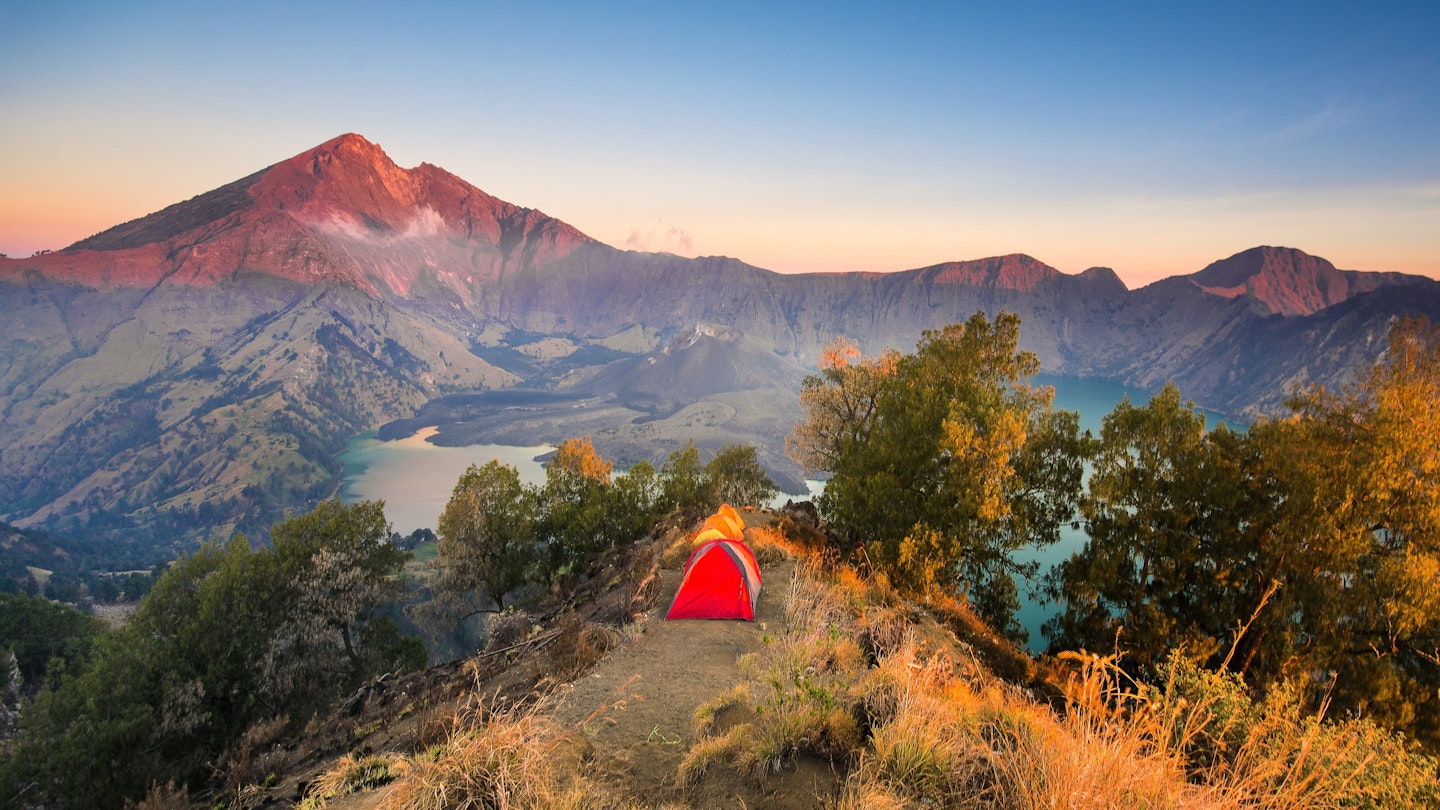
Many of us who enjoy trail life want to advocate for Mother Nature and environmental conservation. Therefore, what are the best ways to be sustainable on a hike and keep our lands as healthy as possible? Here’s a guide to reducing your physical and metaphorical footprint while hiking and trekking in the wild.
Go off the beaten path…
Choosing your route can be one of the most exciting parts of planning a hiking or trekking trip. However, as appealing as that popular trek looks on Instagram, it’s worth doing your research about the current level of traffic on the trail you’re considering. Is it suffering from overtourism? Have large crowds damaged the trail or are they affecting the hiking experience? If so, consider less-traveled options that may surprise you. Additionally, check what the trail looks like during shoulder and off-seasons; if they are still safe, you could have it all to yourself.
…but stick to the trails
Nevertheless, trails exist for a reason. Avoid blazing your own path unless expressly permitted to do so by a governing body. Sticking to established trails not only preserves the surrounding environment but also minimizes the chances of accidentally trespassing on private lands and reduces the risk of injury. The same principle applies to where you set up your tent; if established campsites are available, opt to use them instead of creating your own. Individually made fire circles and wind shelters can disrupt the paths and views that everyone came to enjoy.

Be aware of permits and fire regulations
Many hiking routes, especially those for through-trekking, require you to obtain a permit prior to embarking on your journey. Moreover, more challenging routes might even necessitate a check-in at a local police station before departure. Likewise, many parks and trails enforce strict fire regulations, and no one wants to be the camper who accidentally causes a forest fire. Therefore, ensure you are well-informed about a destination’s hiking and camping regulations, for your safety and the safety of others.
Choose a responsible operator
If you’re embarking on a trek that requires some assistance, selecting the right operator is crucial concerning sustainability. Before making a decision, ask essential questions: What measures is the company taking to minimize their impact? Is it locally owned, thus keeping the finances in the local economy? Are the guides and porters receiving fair wages? A responsible operator will gladly share their policies and address any of your concerns.

Take your trash
This is an obvious point but frequently ignored. When cleaning up your campsite, make sure to do a thorough check to ensure you’ve collected all your waste and packed it up. Nobody wants to arrive at a campsite to find someone else’s garbage waiting for them.
If you’re concerned about the added weight of carrying out your trash, consider reducing waste from the beginning. Bring bulk items in reusable containers, use silicone camping plates, cups, and cutlery, and bring a handheld water filter from Sawyers or Lifestraw along with a reusable drinking vessel instead of plastic bottles.
Bring well-made gear
Quality hiking and camping gear (such as backpacks, trekking poles, and sleeping bags) will benefit you during long days on the trails, and using durable items leads to fewer goods ending up in landfills. Additionally, try to select brands with solid repair policies. Sometimes, simple fixes can extend your gear’s lifespan significantly. When feasible, consider searching for second-hand or lightly used products; this not only prevents waste but can also be more economical. Some reputable brands with good repair policies include Cotopaxi, Osprey, and Patagonia. Furthermore, outfitter REI has a second-hand program designed to prolong gear life and save you money.

Poop responsibly!
While discussing waste management, let’s address the less appealing part of trekking: managing your excrement. When that inevitable moment arrives, be responsible; packing your waste out is the best option. Biodegradable, odor-neutralizing bags are now widely available, which you can easily transport in portable “poop tubes“. If you find yourself without a bag, bring a trowel to bury your waste. Make sure the “cathole” is six to eight inches deep and at least 200 feet away from your camp, trails, and water sources to prevent contamination. Don’t forget to take your toilet paper and wipes back with you – there’s no hiding them behind bushes!
Support your local parks
If you enjoyed a great trek recently and have some extra funds to spare, think about donating to the governing body of the park to assist with trail maintenance and preservation. Many state and national parks offer options for providing financial support, with some even having cash boxes at trailheads. If you’re feeling thankful, even a small donation can help!





